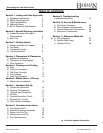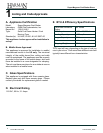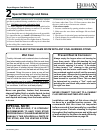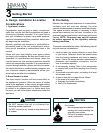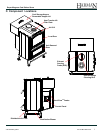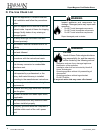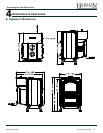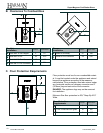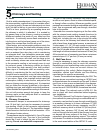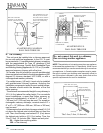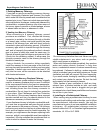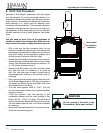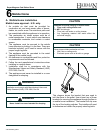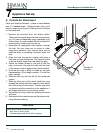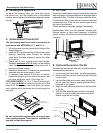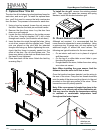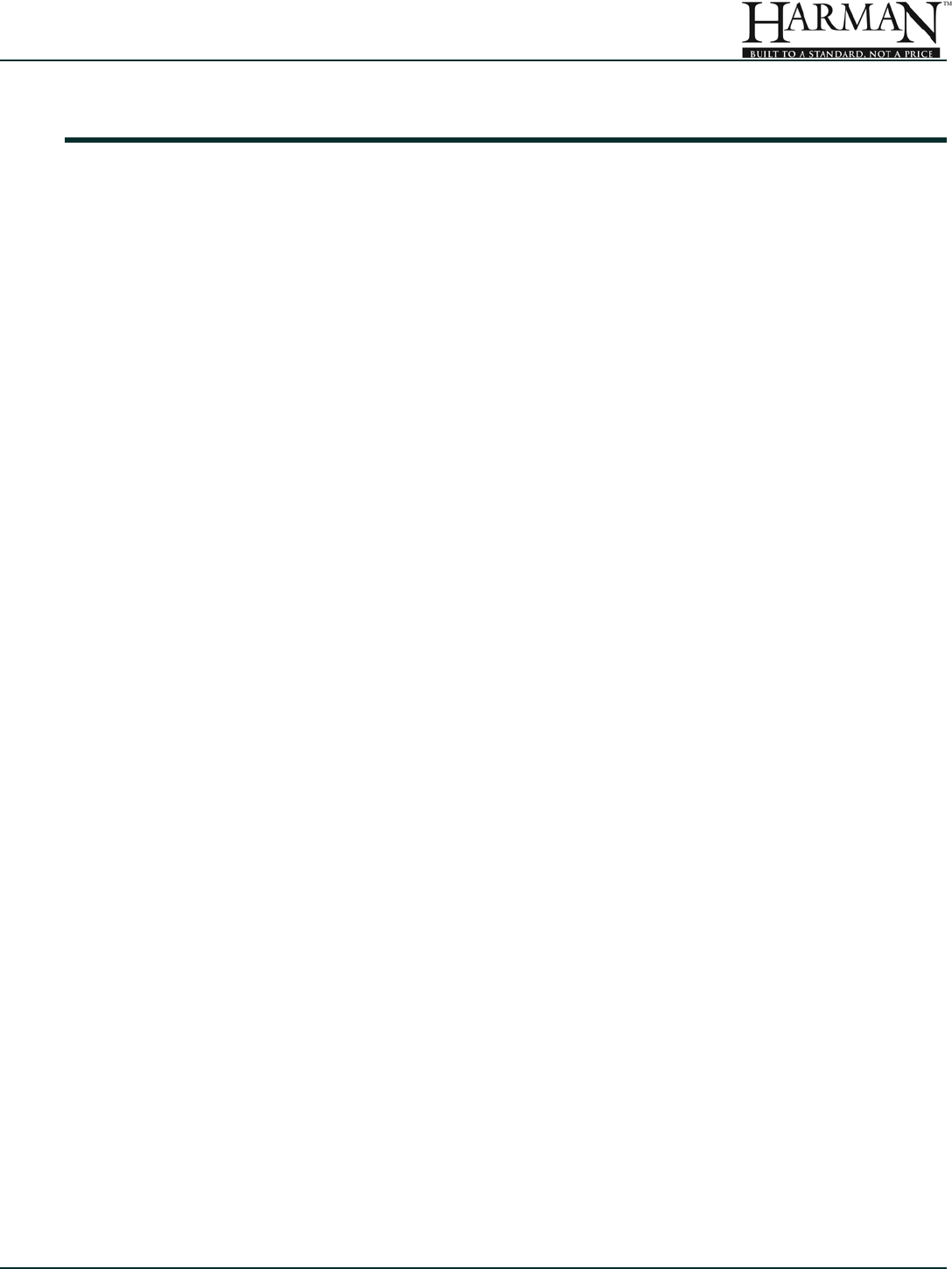
11
Do Not Burn Wet Coal!
Super-Magnum Coal Stoker Stove
3-90-02702R4_08/12
5
Chimneys and Venting
A. Draft
Draft is widely misunderstood. It is important that you,
the stove operator, realize that draft is a variable effect,
not a given quantity. Stoves and chimneys do not have
draft, yet draft is the key to your stove’s performance.
Draft is a force, produced by an operating stove and
the chimney to which it is attached. It is created by
hot gases rising up the chimney, creating a pressure
difference between the inside of your home and the
outside air. It continually moves fresh combustion air
into the stove, and hot exhaust gases out of the stove;
without this constant ow, the re will go out.
Other factors, such as barometric pressure, winds, the
tightness of the home, the total inside chimney volume,
chimney height and the presence of venting devices
such as exhaust fans also play a role in maintaining
an adequate draft. Low barometric pressures, super
insulated homes, and exhaust fans can reduce draft;
winds can play havoc with draft; and too large or too
small a chimney volume can cause reduced draft due
to the excessive cooling or not enough room to vent
the exhaust gases. Introducing outside air directly
to the stove may help remedy a low draft problem.
Some signs of inadequate draft are smoking, odor,
difculty in maintaining the re, and low heat output.
Overdraft can be caused by a very tall chimney even if
it is the recommended size, and can cause overring
of your stove. Signs of an overdraft include rapid fuel
consumption, inability to slow the re, and parts of the
stove or chimney connector glowing red. It is important
that you follow the chimney guidelines in this manual,
including size, type, and height to avoid draft problems.
When installed and operated according to this manual,
this unit will produce enough hot gases to keep the
chimney warm so that adequate draft is maintained
throughout the burn cycle.
B. Chimney Connectors
A barometric damper is recommended for chimneys
over 15 feet high, and may be necessary to prevent
over-drafting. Install it in the connector, approximately
12 inches above the ue exit. The barometric damper
should be set so that the ue draft will maintain -.06 to
-.08 inches of water column.
The appliance may be installed with (.6 mm) 24 gauge
chimney connector pipe. The size of the connector
should be 6 inch to match the size of the ue collar
opening. Do not use makeshift components.
No part of the chimney connector may pass through
an attic or roof space, closet or other concealed space,
or through a oor or ceiling. Whenever possible, avoid
passing the connector through a combustible wall; if you
must, use an approved wall pass-through, described
later in this section.
Assemble the connector beginning at the ue collar,
with the crimped ends pointing towards the stove (to
keep debris and creosote akes inside the system).
Each joint, including the one to the stove’s ue collar
and the one to the chimney itself should be secured
with at least three sheet metal screws, a maximum of
3 inches apart. A 1-1/4" (32 mm) overlap is required at
each joint, including the ue collar attachment. No more
than two 90 degree elbows should be used, and the
total length of connector should not exceed 10 feet (3m)
All horizontal runs of connector must have a minimum
upward slope of 1/4" per foot (20 mm per meter).
C. Wall Pass-thrus
It may be necessary to pass the chimney connector
through a combustible wall to reach the chimney.
Depending on your local building codes, and provincial
or national codes, there are several choices for
accomplishing this safely. Before beginning your
installation, contact local ofcials, and the chimney
manufacturer for specic requirements.
Canada: Three methods are approved by the CSA. The
diagram shows one method requiring an 18"(460 mm)
air space between the connector and the wall. It allows
use of one or two covers as described in the diagram.
The other two methods are described in detail in the
current issue of CAN/CSA B365, the national standard.
United States: The national code is NFPA 211. Be
sure to check with local authorities before beginning
your installation.
The NFPA (National Fire Protection Agency) permits
four methods for passing through a combustible wall. A
commonly used method to pass through a wall directly
to a masonry chimney is to clear a minimum 12"(305
mm) around the entire chimney connector, and ll it
with brick masonry which is at least 3.5"(90 mm) thick.
A reclay liner, minimum 3/8" (9 mm) wall thickness
must run through the brick wall to the chimney liner (but
not beyond the inner surface of the liner). It must be
cemented in place with refractory cement. This method
is illustrated. For details on the other three options, refer
to the most recent edition of the NFPA 211 code.



